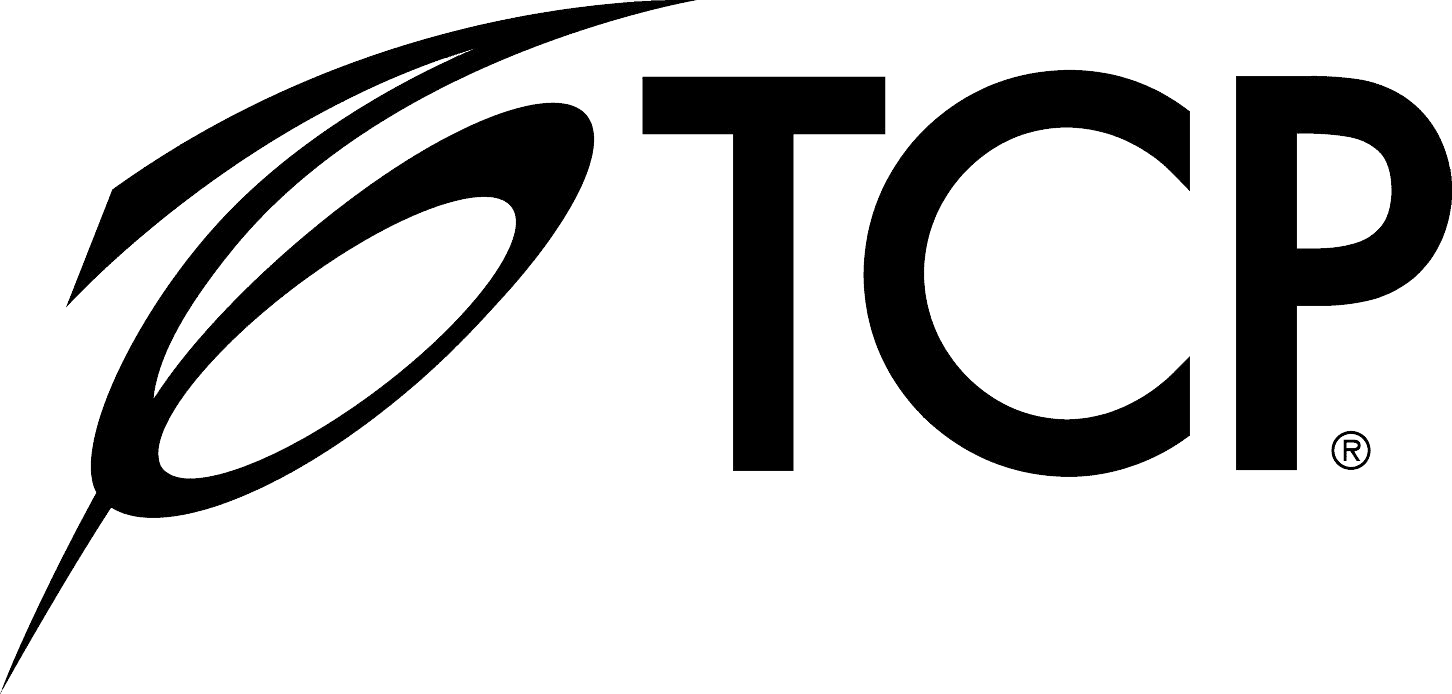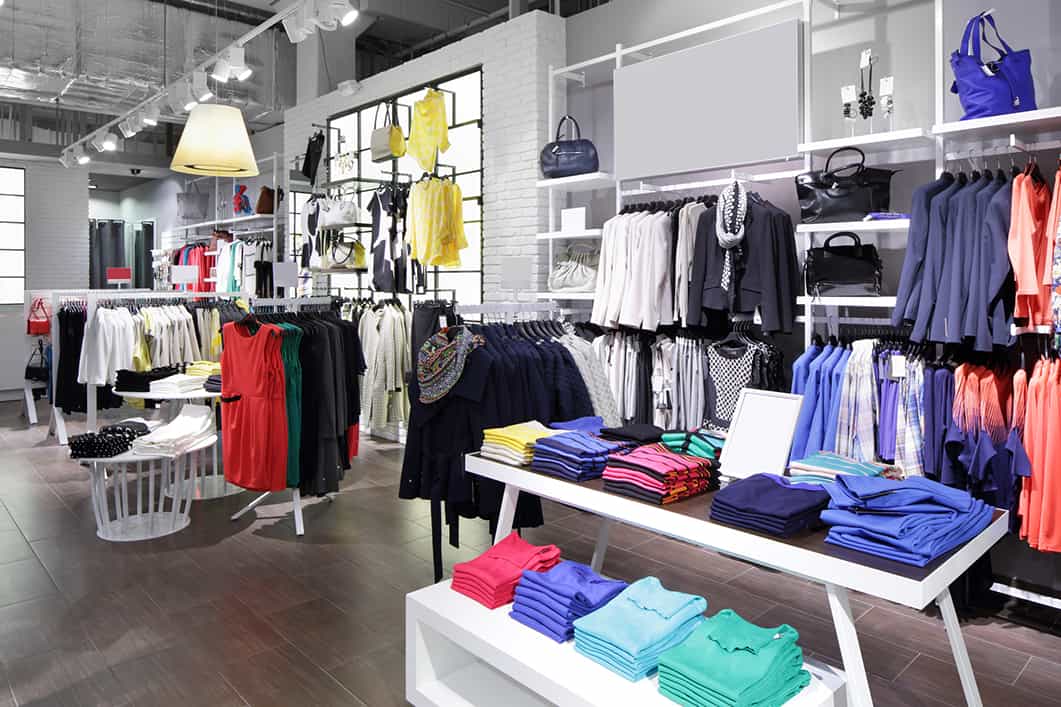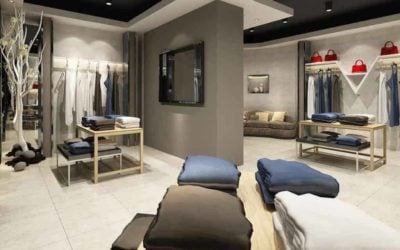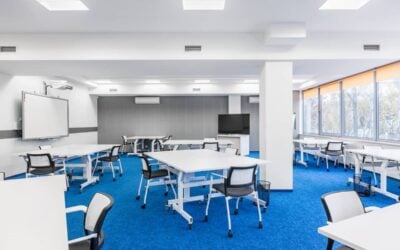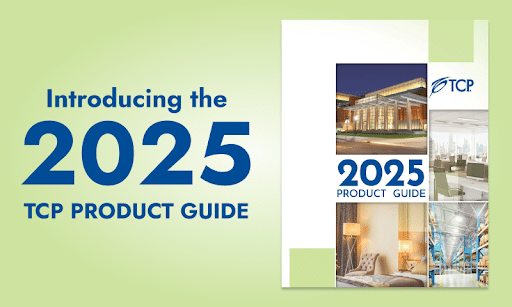Evaluating Light Source Color Quality
In a recent webinar hosted by the U.S. Department of Energy Solid-State Lighting (SSL) Program, “DOE TM-30: What have we learned in the past two years,” the topic of TM-30-15 was once again discussed.
What is it?
For those of you who have not heard of TM-30, it’s a new method for evaluating a light source’s color rendition, published by the IES roughly two years ago. To evaluate average color rendition, TM-30 uses a two-metric system:
- Color Fidelity (Rf) = the accurate rendition of color so they appear as they would under familiar (reference) illuminants. Scores are between 0-100.
- Color Gamut (Rg) = the average level of saturation relative to familiar (reference) illuminants. Scores are between 60 and 140, when Rf > 60.
What’s the difference between TM-30, and the current method?
The current method was developed by the International Commission on Illumination’s (CIE’s) General Color Rendering Index Ra (CRI) and was developed more than 50 years ago, and has been unchanged in the last 40. It calculates the average of 14 color samples, while TM-30 calculates the average of 99 color samples taken from 105,000 real objects. Once the scores are calculated, they are represented in a visual graphic showing the hue and saturation changes:
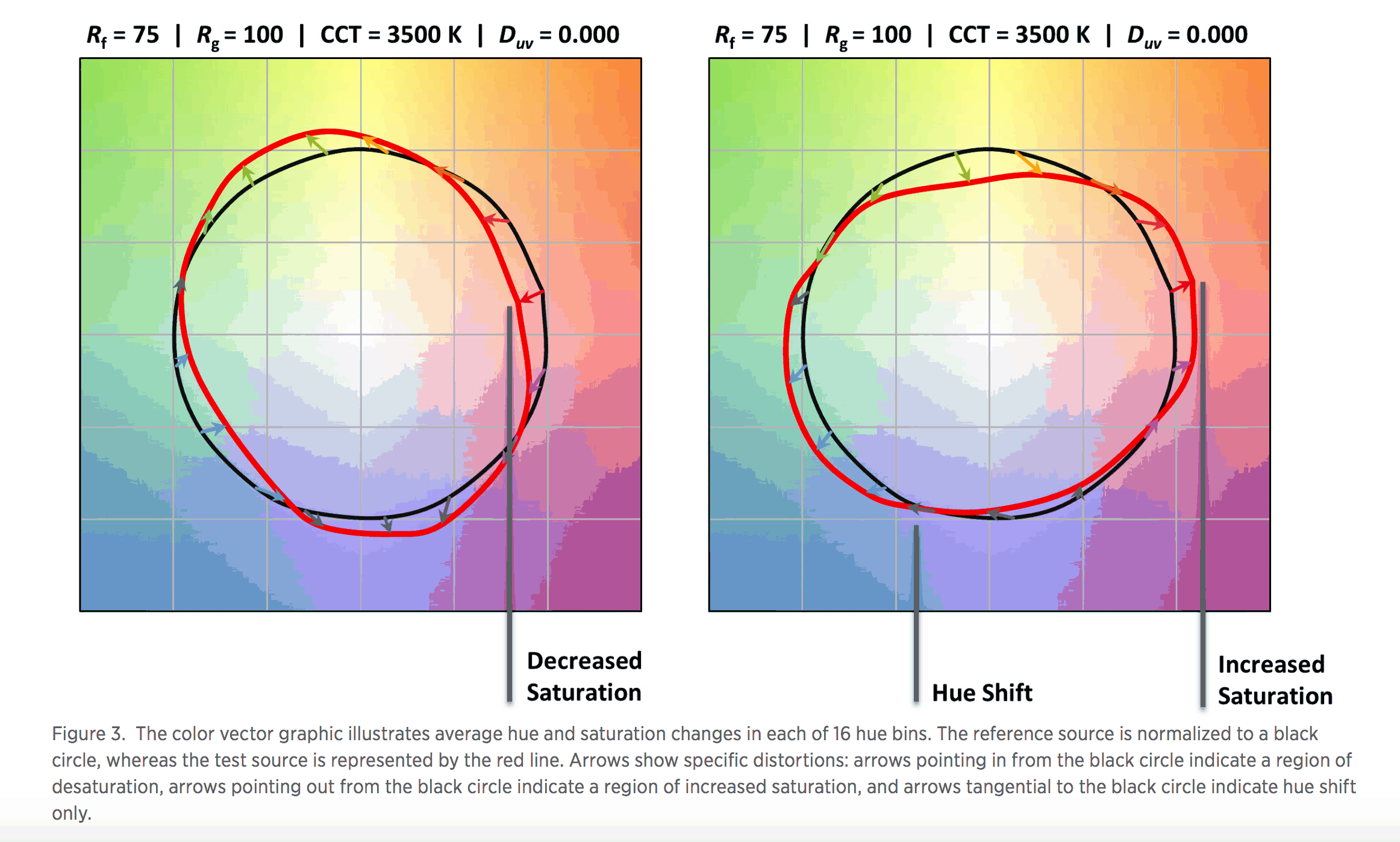
It is not a required method for measuring CRI, but it is an approved one. If it proves to be more efficient, TM-30 may soon become the next required method. There are additional experiments being conducted to test chromaticity and illuminance effects to help us better understand the capabilities of TM-30.
Related Articles
Enhancing Retail Spaces with LED Lighting Solutions
Effective retail lighting is essential for attracting and retaining customers, as it influences customer behavior, mood, and overall shopping experience. The Impact of Light Design on Customer Behavior Lighting plays a pivotal role in shaping how customers interact...
Lighting Maintenance in Industrial Facilities
Managing a warehouse facility is more than just keeping shelves organized. The lighting that constantly surrounds the people and products play a big part in the well-being of the business. Lighting maintenance in industrial facilities helps ensure safety, reduce...
Improve Learning Environments with LED Lighting Solutions
Creating an optimal learning environment requires more than just desks and whiteboards – lighting plays a crucial role in shaping students' focus, energy levels and overall well-being. Schools that insist on high-quality LED lighting solutions can enhance student...
